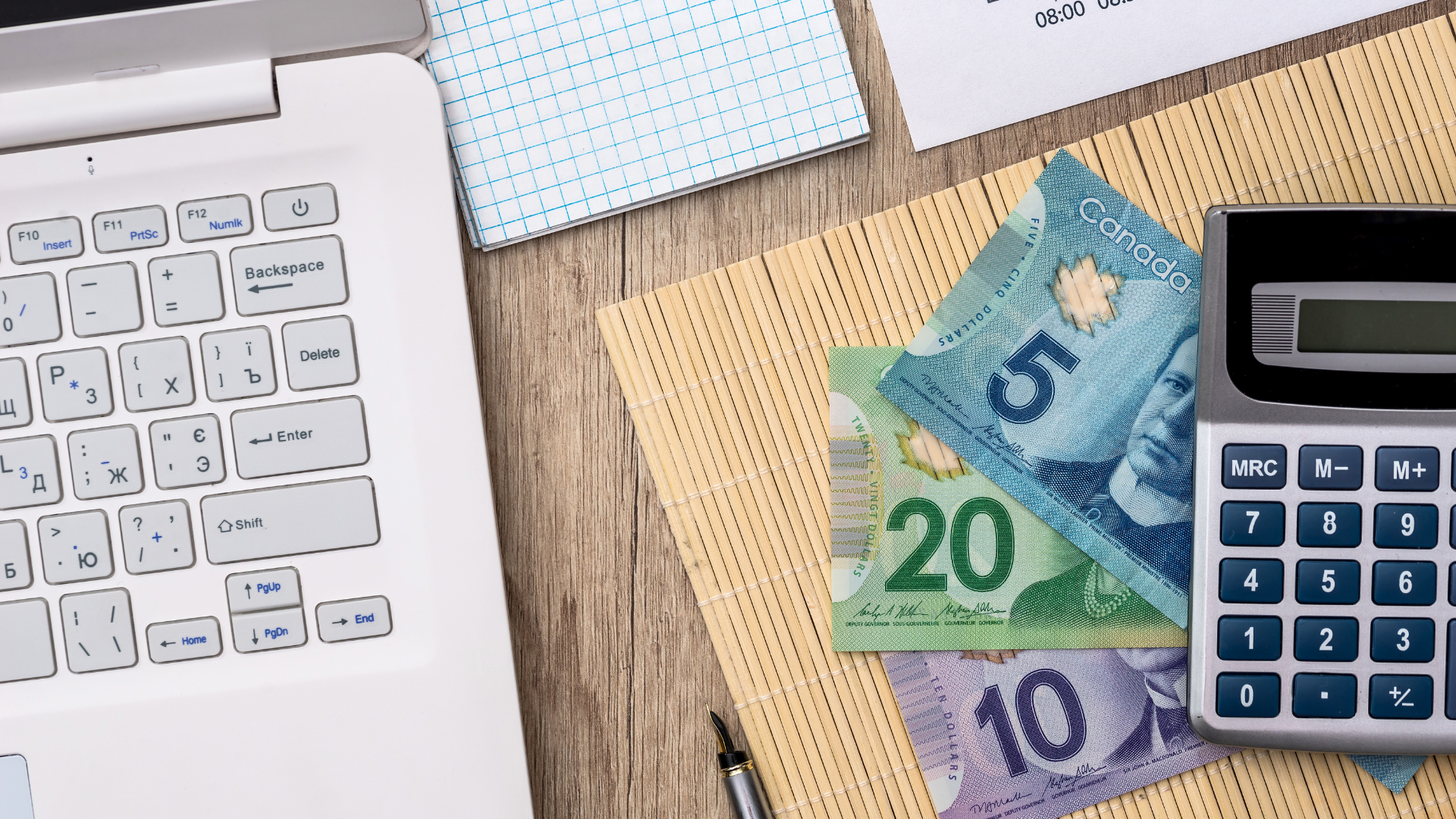Tax
The Tax Difference Between an Employee and a Self-Employed
March 21, 2024

Starting your journey as an earning member of society with your first job or gig can be exciting. Or moving from a corporate 9-5 job to your own venture could be exhilarating. Such decisions are to be made carefully after considering your finances, passion, skill set, the economy, and taxes. Yes, taxes work differently for people, depending on how they earn money.
While taxes are easy for employees, they are slightly complicated for self-employed, beginning with the definition of self-employed for tax purposes.
Are You Self-Employed for Tax Purposes?
The definition of self-employed is vast and covers everyone from independent contractors, gig workers, freelancers, part-time workers, and side hustles to sole proprietors. Sometimes, companies hire their own employees as independent contractors. In such a scenario, the Canada Revenue Agency (CRA) determines a self-employed on three grounds:
- Are you in complete control of how you do your work?
- Do you use your own equipment and hardware?
- Are you bearing the risk of loss of work?
If the answer to all three is Yes, you are self-employed for tax purposes.
You can be an employee as well as self-employed at the same time. Suppose you do a 9-5 job on weekdays and pursue your passion for baking, selling cupcakes and taking bakery orders over the weekends. Here, you will treat your salary as an employee and income from baking as self-employed for tax purposes.
How Tax Works for a Salaried Employee?
Working for a company as a salaried employee has its benefits. You get a regular pay cheque, making budgeting easy. Your employer takes care of all the deductions and taxes. When you sign your employment agreement, you have a gross annual income, which includes your pay before taxes and deductions. The amount you get in hand is the net salary after taxes and deductions.
How Tax Works for Self-Employed?
When you are your own boss, your profits are your income. An employee uses the company’s equipment and gets reimbursed for any expense they undertake to get the work done. However, self-employed individuals incur these expenses and can deduct them from their taxable income.
As a self-employed person, you must calculate your taxable income, make mandatory deductions, and pay them to the CRA.
How Deductions Work for Employed and Self-Employed
Canada Pension Plan (CPP): It is mandatory for all Canadians – employed or self-employed – to contribute a certain percentage of their income towards CPP. In the case of salaried employees, the employer deducts a portion of your salary and contributes an equal portion of it from their end. However, self-employed individuals make both employee and employer contributions.
For 2024, the employee contribution rate is 5.95%, and the self-employed rate is 11.90% on the maximum pensionable earnings of $68,500. There is an additional 4% employee contribution and 8% self-employed contribution for income above $68,500 and up to $73,200.
Employment Insurance (EI): While EI is mandatory for employees, it is optional for the self-employed. For 2024, EI premiums are 1.66% of your earnings of up to $63,200. The maximum employee contribution is $1,049.12, and the employer contribution is $1,468.77.
The Treatment of Income Tax
For all Canadians, your income tax is due as soon as you earn the income. The CRA requires you to pay tax regularly for the current tax year, either monthly, quarterly, or annually. The tax slabs are the same for employees and self-employed. For employees, the employer deducts the tax from your income and gives it to the CRA on your behalf.
However, self-employed have to calculate their own taxes and deduct business expenses such as utility bills, vehicle expenses, advertising expenses, office rent, stationary, travel, and professional fees. They have a lot of scope to reduce their taxable income, but they have to keep all the receipts of these expenses and record them properly to claim the tax deduction. The CRA might ask for receipts to verify your deductions.
Self-employed pay advance tax before the 15th of June, September, December, and March if their annual tax obligation is above $3,000. However, you need not pay advance tax in the first year of business.
Additional Tax for Self-employed
If you are self-employed and your income exceeds $30,000 during any three consecutive months or four consecutive calendar quarters, you must register with the Goods and Services Tax (GST)/Harmonized Sales Tax (HST). Once you register, you can charge your clients GST/HST and claim credit on GST paid for goods and services used to earn business income.
Filing Tax Returns and Paying Tax
A salaried employee gets a T4 slip from their employer, which they can use to file their tax returns. But a self-employed individual has to file:
- T1 General Form
- Form T-2125
- A separate GST/HST return if registered to collect GST/HST.
Both have to pay their taxes owed by April 30. However, self-employed Canadians can file their tax returns by June 15. It is recommended that self-employed individuals set aside 25-30% of their income for taxes.
Contact KSSP Partners LLP in Markham to Help You with Your Taxes
A skilled accountant can help you file taxes and claim all tax deductions for which you are eligible. To learn how KSSP Partners LLP can help you with your tax planning and strategy, contact us online or by telephone at 289-554-5997.


